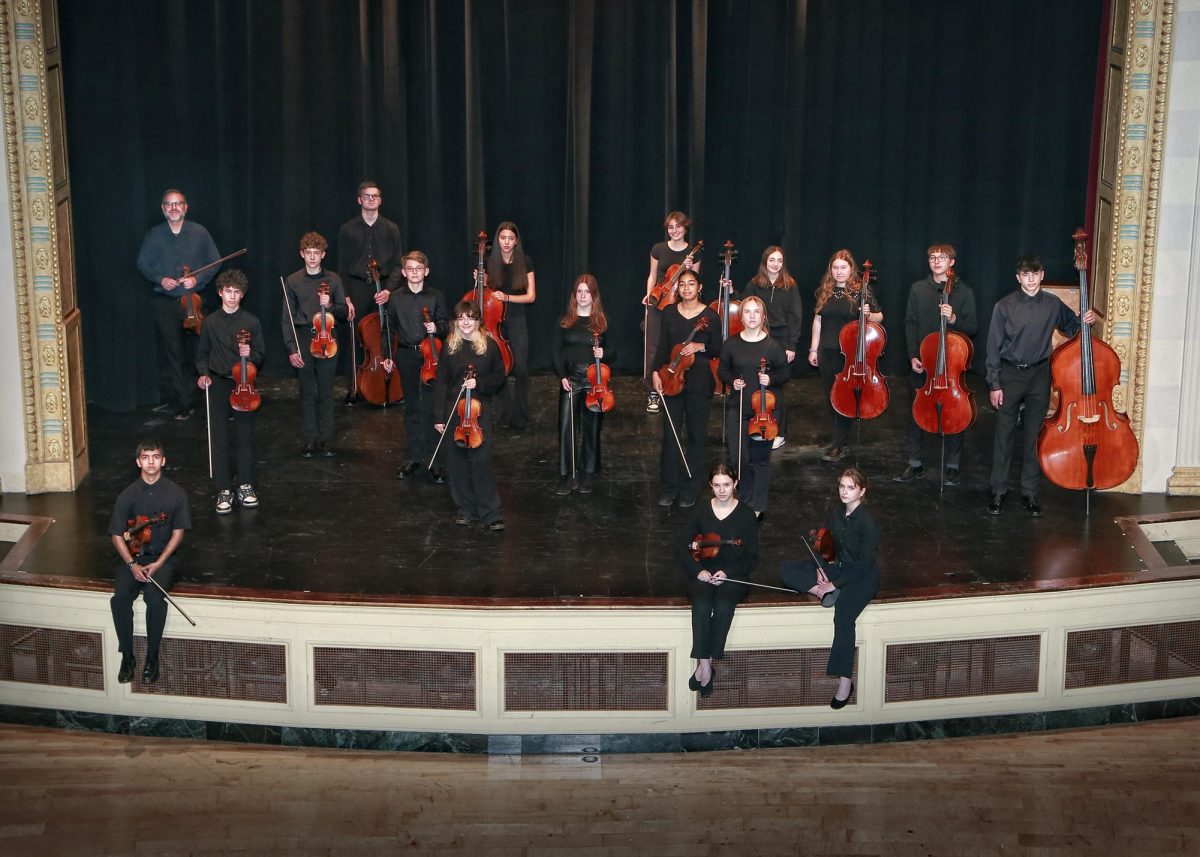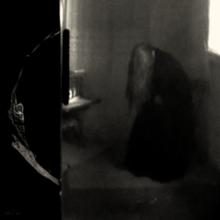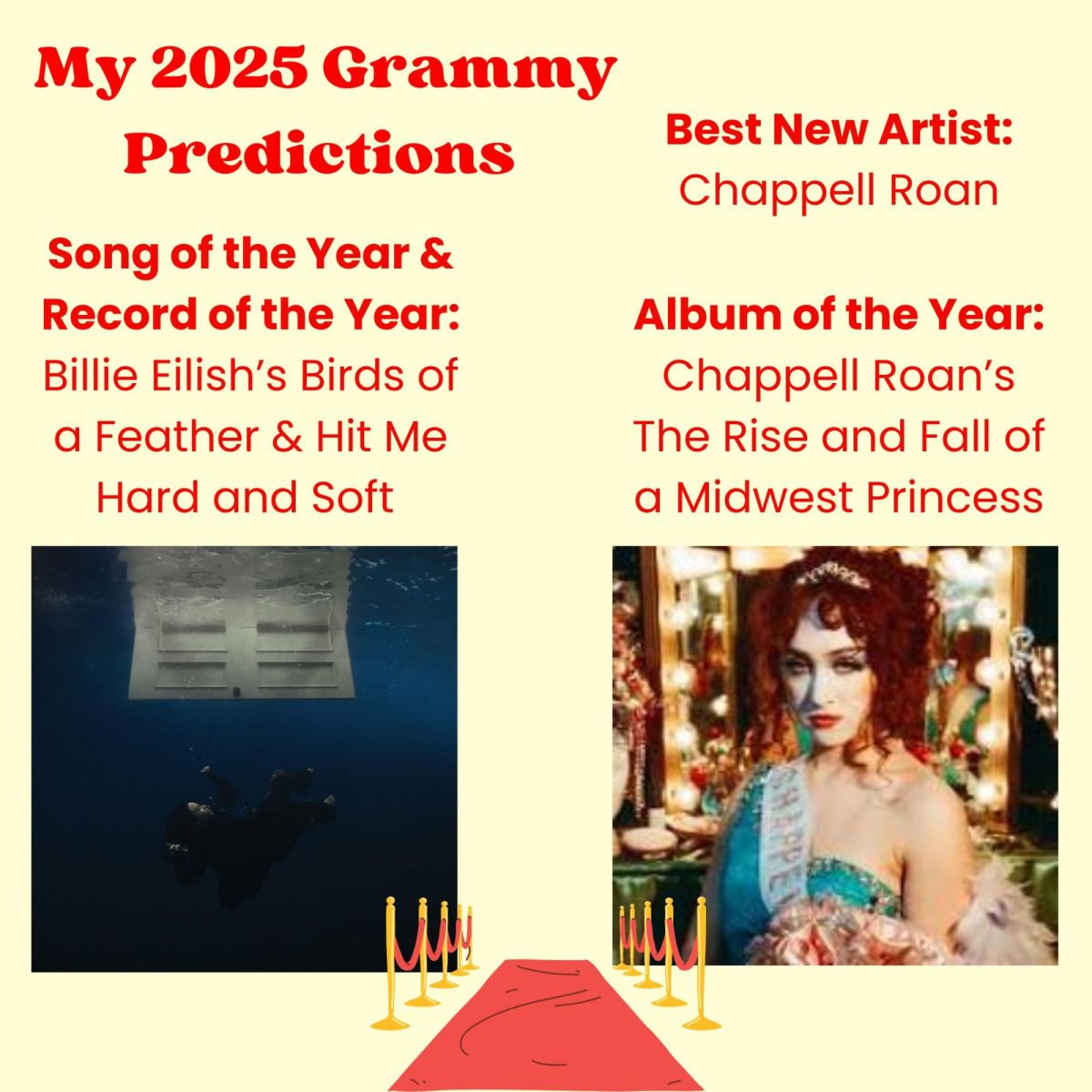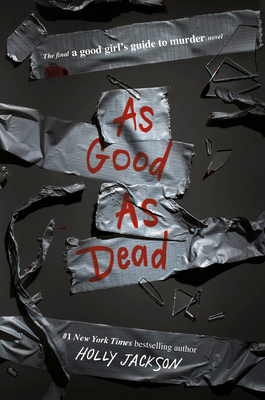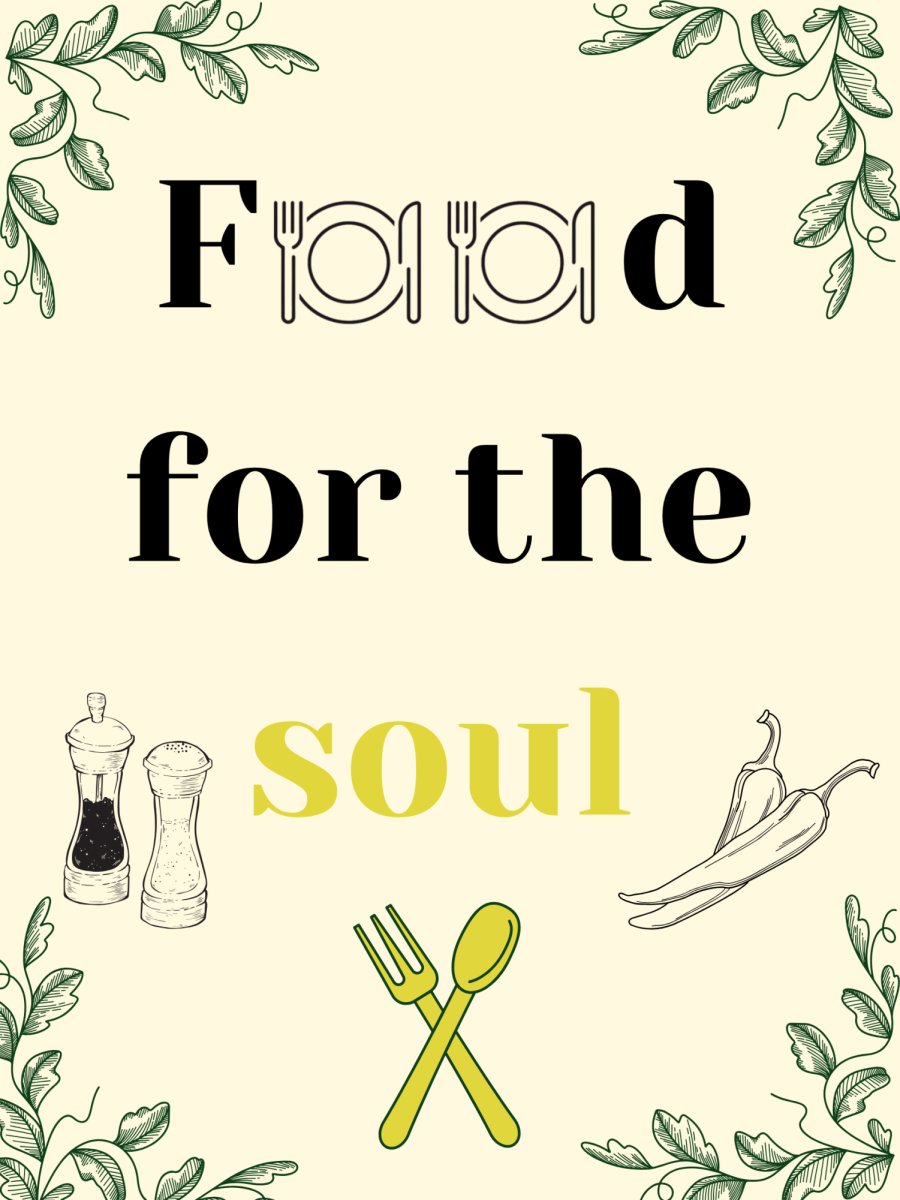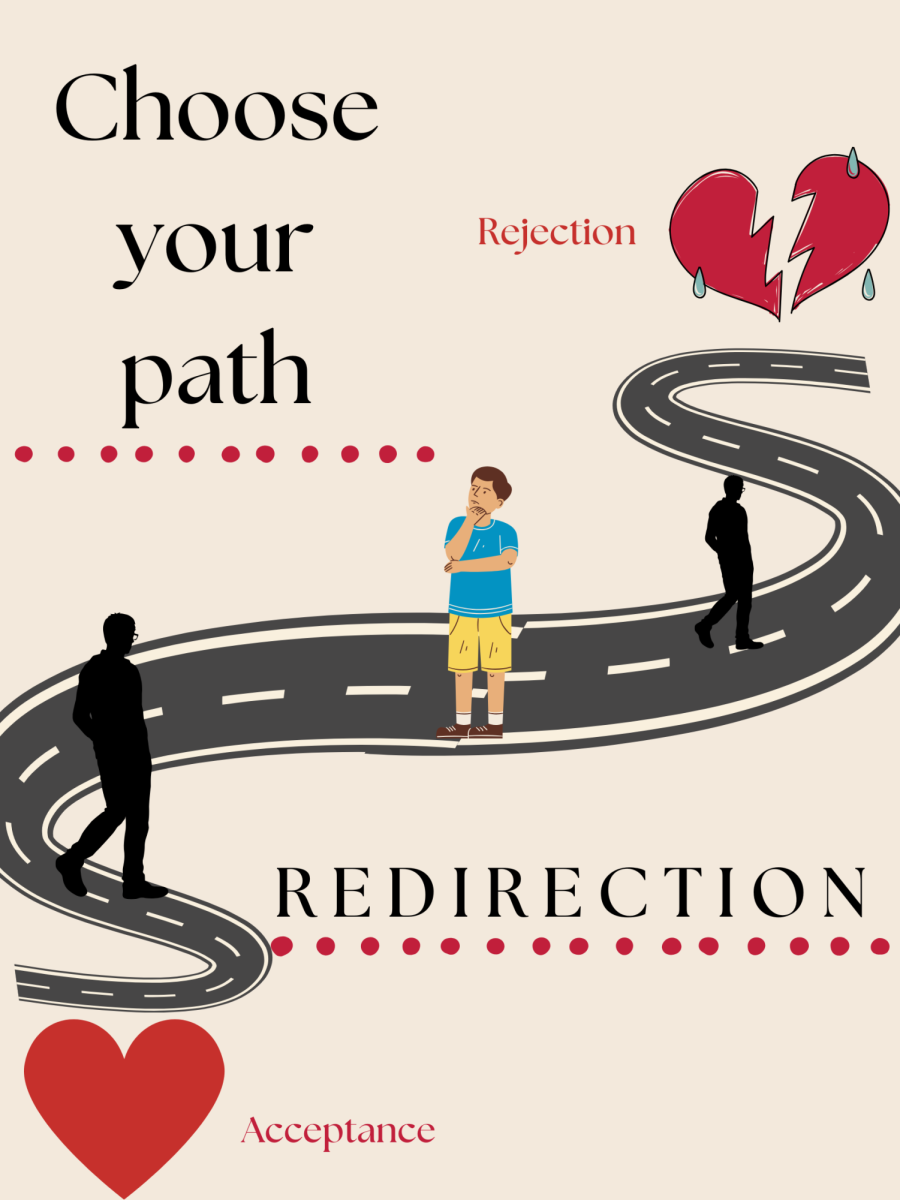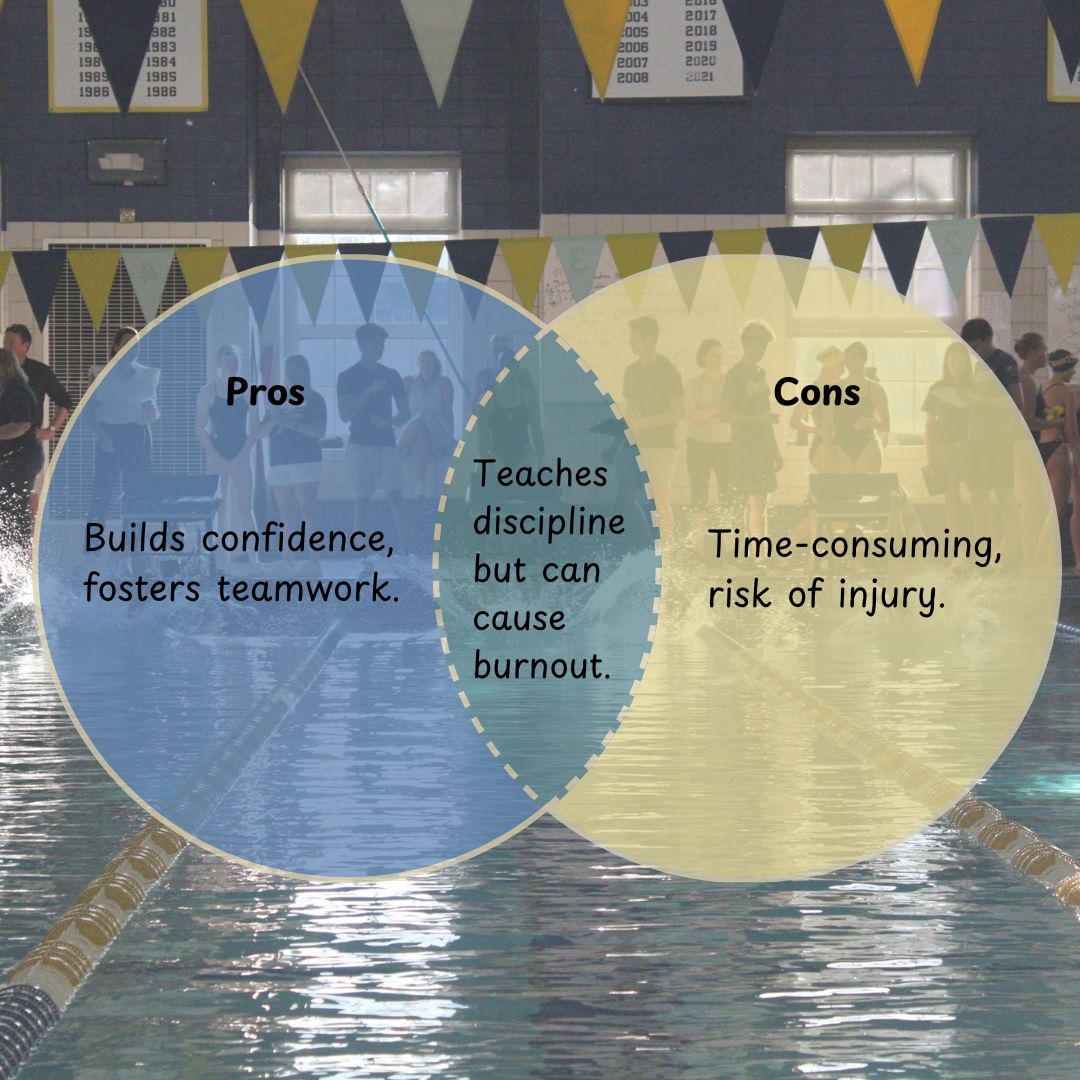The global phenomena that reportedly cost around a combined $250 million in marketing and a combined surplus of $2 billion at the box office, exploded to new levels as the dual released ‘Barbenheimer’ lived up to the hype that swarmed the international masses. ‘Barbie’, directed by Greta Gerwig was a movie that represented a journey back to childhood for many using an upbeat soundtrack, witty one-liners, and a cast full of Hollywood stars to accomplish that. In contrast, the grim biopic of J. Robert Oppenheimer focused on the creation of the atomic bomb in World War II.
Like other films from director Christopher Nolan, it had a much more mature and somber tone in its trailers and themes. These polar opposite films with polar opposite directors became conjoined because of their release date: July 21st, 2023. Everything about these movies are in opposition to each other, from color palettes to runtime, but both connect its audiences with each other through strong, engaging storytelling.
Barbie and Oppenheimer are movies that target different pieces of our brain. In the ending montage, Barbie attempts to connect with a part of the audience’s inner child, drawing them out with a hazy montage and the emotional ‘What Was I Made For’ by Billie Eilish. The movie as a whole targets the inner child while still being enjoyable for a greater viewing range.
Meanwhile, the majority of Oppenheimer’s audience wasn’t aware of his impact before this movie. The movie gathers its own audience through the power of curiosity and stronger aspects when it comes to writing and film editing. Nolan himself has a much more established and grown fan base, which shapes his audience off the bat and due to the mature themes, it’s not suitable for all ages like Barbie.
One area that Gerwig and Nolan differ dramatically in with their films is the use of soundtrack versus score.
The Barbie narrative is backed by light and catchy musical numbers, with Lizzo even singing out Barbie’s actions to the audience in an early scene. Conversely in one of the tensest moments of Oppenheimer during the Trinity Bomb Test, the scene goes from a melodic combination of strings and horns to absolute silence when the bomb goes off. These two scenarios exhibit opposite usages of noise throughout the films.
Overall I would recommend both films. Both fully immerse the viewer in its central conflict and leave you feeling complexly about society, even if those feelings stem from different origins.


